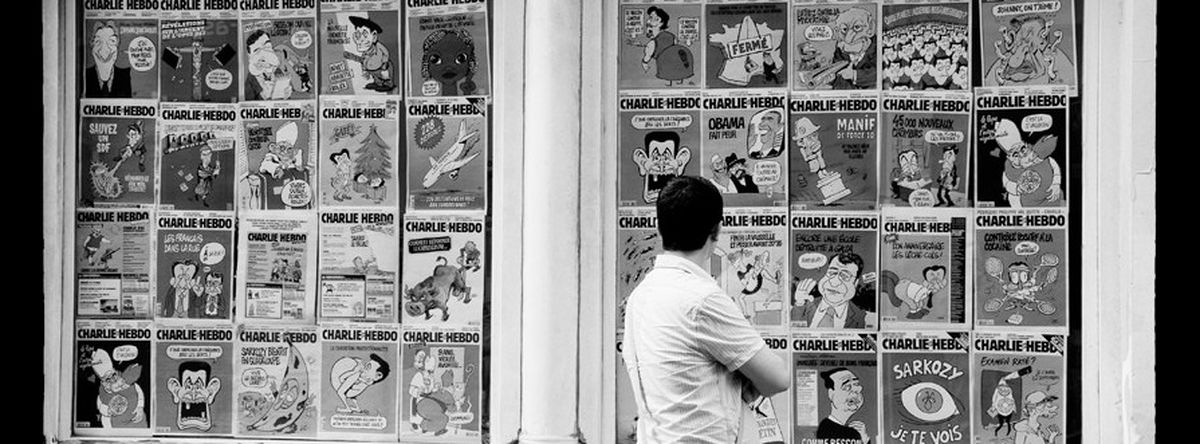
Behind the numbers: 4 million euros for Charlie Hebdo victims
Published on
Nearly a year after the tragic assault on the offices of the satirical weekly—and in the wake of further terrorist attacks in the French capital—Charlie Hebdo is redistributing all donations they have received since January to the victims. The paper expressed “gratitude to all donors”—though some evidence suggests the money may not have had an entirely positive effect.
"All is forgiven"—that was the message emblazoned on the front page of the satirical weekly Charlie Hebdo, in the aftermath of the deadly terrorist attack on their offices on the 7th of January 2015. The event was the beginning of 3 days of tragedy in the French capital—including hostages taken in a kosher supermarket, and an assault on a print works.
Since January, the paper has received almost 4 million euros in donations from people all over the world—in 84 different countries—wanting to express solidarity with the victims of the attacks. On top of this, it has seen increased circulation, partly due to their position for some as a symbol of defiance against the prospect of further terror.
Following this year's second wave of terrible attacks to touch Paris on the 13th of November—of which the largest loss of life was at the Bataclan concert hall—the front page of the hebdomadaire continued this defiance: "They have the weapons", the headline declared, "Fuck ‘em, we have the champagne."
However, not everyone saw this sudden influx of money to the magazine as a good thing. There have been reports of tensions amongst staff members in relation to this newfound wealth. One cartoonist purportedly resigned in part over the mishandling of donations. The decision to hand over the money to the victims of the attacks will be managed by an oversight committee, appointed by the French government.
---



